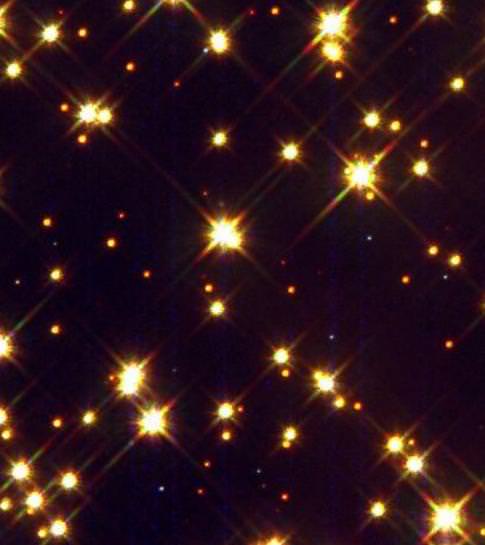[/caption]
With no more volume than could be contained within a teaspoon, the material that makes up a white dwarf star weighs tons. Smaller than the diameter of Earth, and a direct family member of stars like our own Sol, these stellar gnomes could predict our eventual fate.
Using data from the Hubble Space Telescope, Nathan Dickinson, a postgraduate student in the University’s Department of Physics and Astronomy, is hard at work analyzing chemical compositions of white dwarf stars for his PhD. Unlike many students interested in “heavy metal”, Dickinson is more interested in “heavy elements”. The older, more cool models could contain elements such as oxygen, nitrogen, silicon… while the hot youngsters show heavy elements like calcium and magnesium. These weighty basics occur at extreme heat and sometimes, even to excess. The cremation generation?
“Understanding whether the extra material in hot white dwarfs comes from torn up planets is important,” emphasizes Dickinson. “It can give us an idea of how these ancient planetary systems evolve as the star ages, so we get a fuller picture of how solar systems die. However, they sometimes exhibit more of this material than is expected, which raises the question of whether this extra material also came from planets or whether it originated elsewhere, perhaps in clouds around the star.”
Past research has shown that anywhere from 1 to 3% of white dwarf stars can be contaminated by an influx of materials from closely orbiting dust clouds. What makes up these clouds? It could be rocky debris like asteroids. Held within the Roche Limit, these planetoids are mulched by gravitational tides – just like Saturn’s ring system.
“Working at the forefront of this scientific area is extremely exciting,” says Dickinson. “I find being one of a relatively small community of people in the world to work on this particular area amazing. This work is helping to shape our understanding of how most stars end their lives, how solar systems die, how the environment around these ancient stars behaves and what will ultimately happen to the vast majority of stars in the galaxy.”
And really close to home…
Original Story Source: Science Daily.


I could be wrong, but don’t you mean: ‘with no more volume than could be contained within a teaspoon…’, and not: ‘with no more mass…’?
I think you’re right.
you’re right and it has been changed. i knew something about that first sentence was bugging me, but a chocolate chip cookie and coffee break was calling. quick catch! 😀
I wasn’t “At Large” when you posted that because I had dozed off!
as a senior citizen, that’s one of the perks i enjoy most… unless i wake up with one hand on the keyboard and the other one the mouse.
and the letter d pasted 4863 times across the screen! 😉
I wasn’t “At Large” when you posted that because I had dozed off!